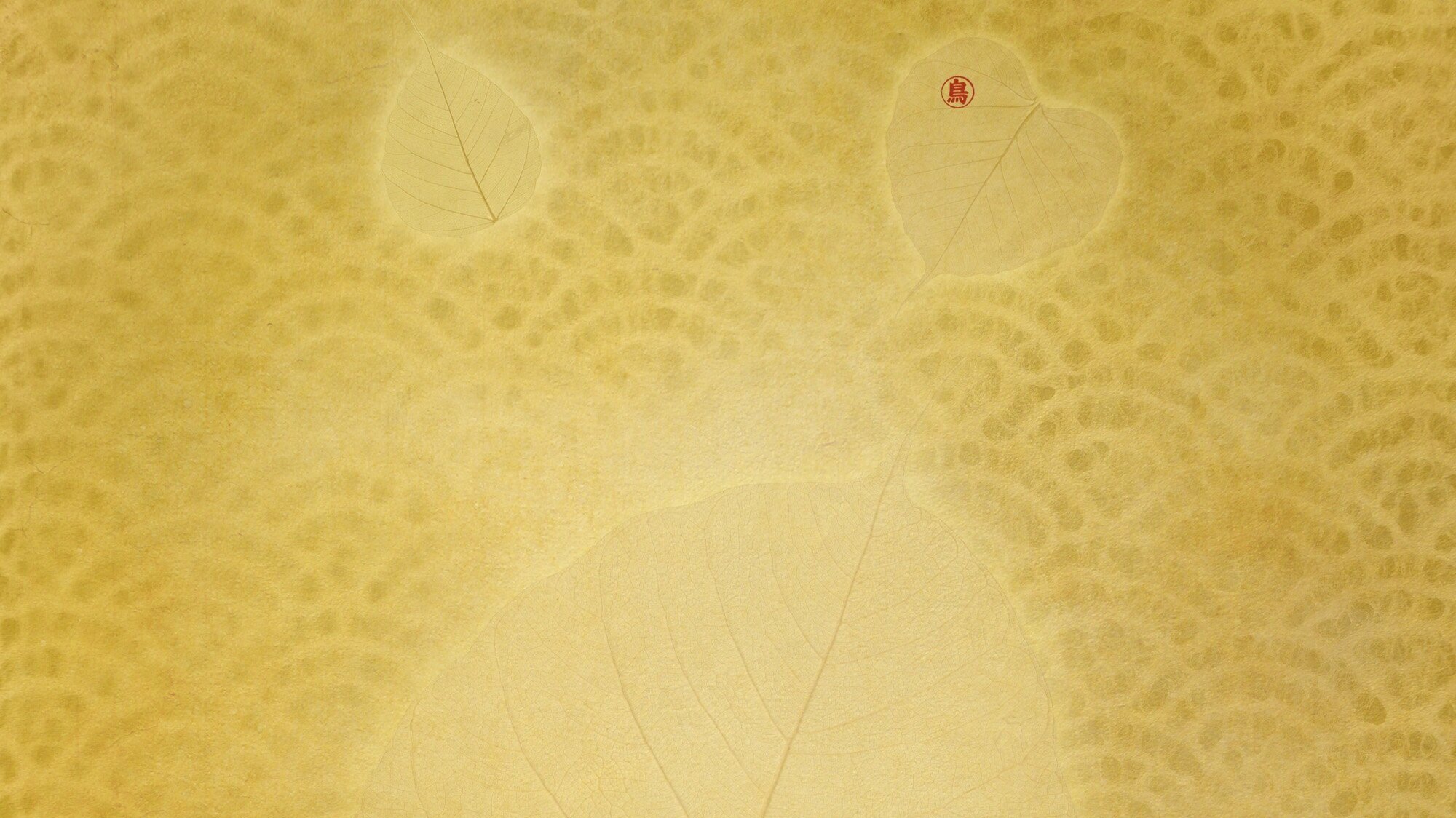
Hoʻoponopono
Welcome to the Big Island of Hawaiʻi
With 21 ecosystems, this island is a unique, living wonder. Located at the southernmost part of the island in Kaʻu, Kipukamaluhia is less than an hour away from places such as:
The City of Refuge
Punaluʻu Turtle Sanctuary (A Black Sand Beach)
Green Sands Beach (One of the world's only Olivine beaches)
Volcanoes National Park
Wood Valley Temple
Lotus Gate Sanctuary
Paleaku Peace Gardens
Miloliʻi (The last remaining ancient Hawaiian fishing village)
Though Hawaiʻi has been taken over by the United States in many ways, it is not the U.S.A. Beneath the McDonalds and the Wal-marts and the many other overseas corporations and developments here, the spirit of this island remains untouched.
The Aloha Spirit is deep and the Mana of Hawaiʻi is powerful. It is an honor to live on this island of volcanic fire, ever-changing earth & wind and surging waves~and to have been so warmly welcomed when I first arrived in 1988.
The following year, in the Spring of 1989, I was invited to an Awa ceremony with Aunty Pua Kanakaole Kanahele, on the ledge of Kīlauea crater. About thirty women arrived at 5:30 in the morning and Aunty Pua welcomed us with a chant, while weaving a twelve-foot lei with the leaves and flowers that we had each brought for the ceremony. As the awa bowl was handed to me, two nene birds flew directly over the circle of women and Aunty Pua called from across the circle, "Welcome home Rashani!"
Before ever considering buying land here, Rashani hitch-hiked around the island for two weeks, as it was important for her to know how the Hawaiian people felt about non-Hawaiians coming to their island. Again and again she was told, in a variety of ways, that "Hawaiian is not a skin color but a Way of life!"
Like all heart-based, indigenous cultures, the Hawaiian culture is rich with endless jewels. One of the many jewels is the practice of Hoʻoponopono.

Hoʻoponopono (ho-o-pono-pono) is an ancient Hawaiian practice of reconciliation and forgiveness. Similar forgiveness practices were performed on islands throughout theSouth Pacific, including Samoa, Tahiti and New Zealand. Traditionally hoʻoponopono is practiced by healing priests or Kahuna lapaʻau among family members of a person who is physically ill. Modern versions are performed within the family by a family elder, or by the individual alone.Hoʻoponopono” is defined in the Hawaiian Dictionary as “mental cleansing: family conferences in which relationships were set right through prayer, discussion, confession, repentance, and mutual restitution and forgiveness.”
Literally, hoʻo is a particle used to make an actualizing verb from the following noun, as would “to” before a noun in English.
Here, it creates a verb from the noun pono:
Ponopono is defined as “to put to rights; to put in order or shape, correct, revise, adjust, amend, regulate, arrange, rectify, tidy up, make orderly or neat.
Hoʻoponopono corrects, restores and maintains good relationships among family members and with their gods or God by getting to the causes and sources of trouble. Usually the most senior member of the family conducts it. He or she gathers the family together. If the family is unable to work through a problem, they turn to a respected outsider.
The process begins with prayer. A statement of the problem is made, and the transgression discussed. Family members are expected to work problems through and cooperate, not “hold fast to the fault.” One or more periods of silence may be taken for reflection on the entanglement of emotions and injuries. Everyone’s feelings are acknowledged. Then confession, repentance and forgiveness take place. Everyone releases (kala) each other, letting go. They cut off the past (ʻoki), and together they close the event with a ceremonial feast, called pani, which often included eating limu kala or kala seaweed, symbolic of the release."
There are many teachers sharing this now, including Mahealani Kuamoʻo Henry, who was one of Rashani's teachers in the early 1990's. She is also known as Kumu ʻElele o Na Kupuna or simply "Aunty Mahealani."
Mahealani Kuamoʻo-Henry, Kumu ʻElele o Na Kupuna
is a kanaka maoli-native Hawaiian Aunty and Kumu from Puna, on the Big Island of Hawaii. Aunty is a teacher-messenger for the spiritual voices of the ancestors within the strong lineage of na Kumu, Kahu, & Kahuna (teachers, guardians, priests, priestess/ advisors and healers) under the leadership of her ancestral Kupuna-Kane (grandfather), named Kaiwikuamo’o kekuaokalani.” This translates as the “backbone strength of the heavenly chiefs.”
Moʻolelo-story telling
She shares the traditional “ about her culture, and Aloha Spiritual values for self, others and the environment in group presentations, at retreats, and within her workshops through the ancient spiritually-pragmatic teachings of Ho’opono Pono Ke Ala.
Hoʻopono Pono Ke Ala
is the belief system and method for “making right more right, the path.” Many are surprised to learn about this form of Hoʻopono pono rooted in the Aloha Spirit rather than of the Christian and Western adaptation for “conflict resolutions.” Hoʻopono Pono Ke Ala predates both adaptations, and brings forward the Aloha for self and to promote “self-best” through self-permission to recognize and accept self-greatness,” to experience it moment-by-moment in all areas of one’s life, and to lay at waste the “fear-based” mind sets for power, control, sins, and damnations. It is the ancient knowing that you are obviously the best “you” ever, there are no duplicates, you’re It, the original YOU; the god-goddess makes no mistakes!In addition to her workshop activities and speaking engagements, Mahealani served as a cultural-based counselor for the Federal DASH (drug alcohol substance abuse) rehabilitation program. She is also a Kahu-priestess and officiates at weddings, blessings, wakes and memorials.]
Aunty Mahealani can be reached at: (808) 965-0441




